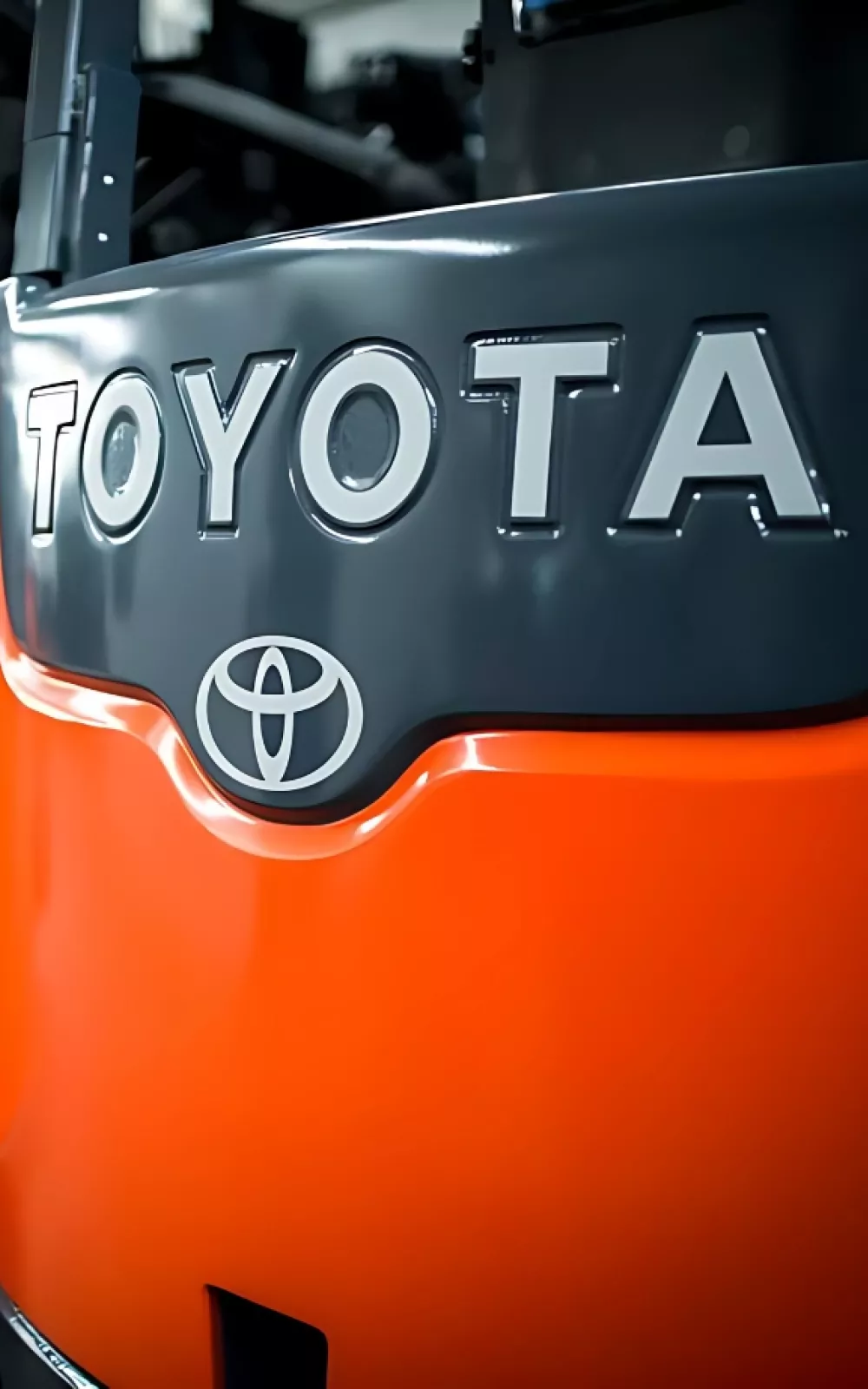Rent
ProLift offers daily, weekly, and monthly rentals. Find the right equipment for maximum productivity and safety.
Let us know how we can assist you! A ProLift specialist will connect with you to help with your material handling needs.

Operating a forklift on ramps, slopes, and inclines presents unique safety challenges that require careful attention. Understanding the best practices for navigating these conditions can help prevent accidents and protect both operators and equipment. Explore key tips for maintaining control and ensuring safe forklift operation on uneven terrain.

A ramp, slope or incline is defined as an angle that exceeds 10%, or approximately one foot rise for every ten feet of ramp or incline. OSHA 1910.178(n)(7) addresses regulations for forklift ramps, slopes or inclines that must be followed any time a powered industrial truck is on a defined incline.
1910.178(n)(7)(i) When ascending or descending grades in excess of 10 percent, loaded trucks shall be driven with the load upgrade.
1910.178(n)(ii) On all grades the load and load engaging means shall be tilted back if applicable, and raised only as far as necessary to clear the road surface.
Climbing excessive grades can have a negative effect on battery cycle time, fuel consumption, component temperature, longevity and reliability of the machine. While the ability to reliably climb a ramp is important, safely descending a ramp when carrying heavy loads is equally concerning. The forklift must be able to safely stop on the required grade. Operators should be trained to follow specific travel rules for their own safety.
Gradeability ratings apply to a particular make and model of machine and are legitimately supplied only by the manufacturer. The ratings identify on which grade a machine is capable of climbing and stopping with a full capacity load.
A conversion chart can help in converting from degree to percentage. Forklift gradeability is often rated by the degree of incline, but you can also calculate the percentage by measuring the height and length of the ramp at your facility.

Continue promoting safety at your facility with our comprehensive safety training classes. ProLift offers training for both operators and trainers. Contact our safety specialist to schedule your team.
When operating on a forklift ramp, slope or incline, the operator must follow specific travel rules for their own safety.
Do you have questions about your forklift ramps, slopes or inclines? Contact the equipment manufacturer for information about your specific challenge.
As a full-service material handling dealer, ProLift can help you with questions and solutions for your equipment, service, parts and more. Tell us how we can help.

Let us know how we can assist you! A ProLift specialist will connect with you to help with your material handling needs.
